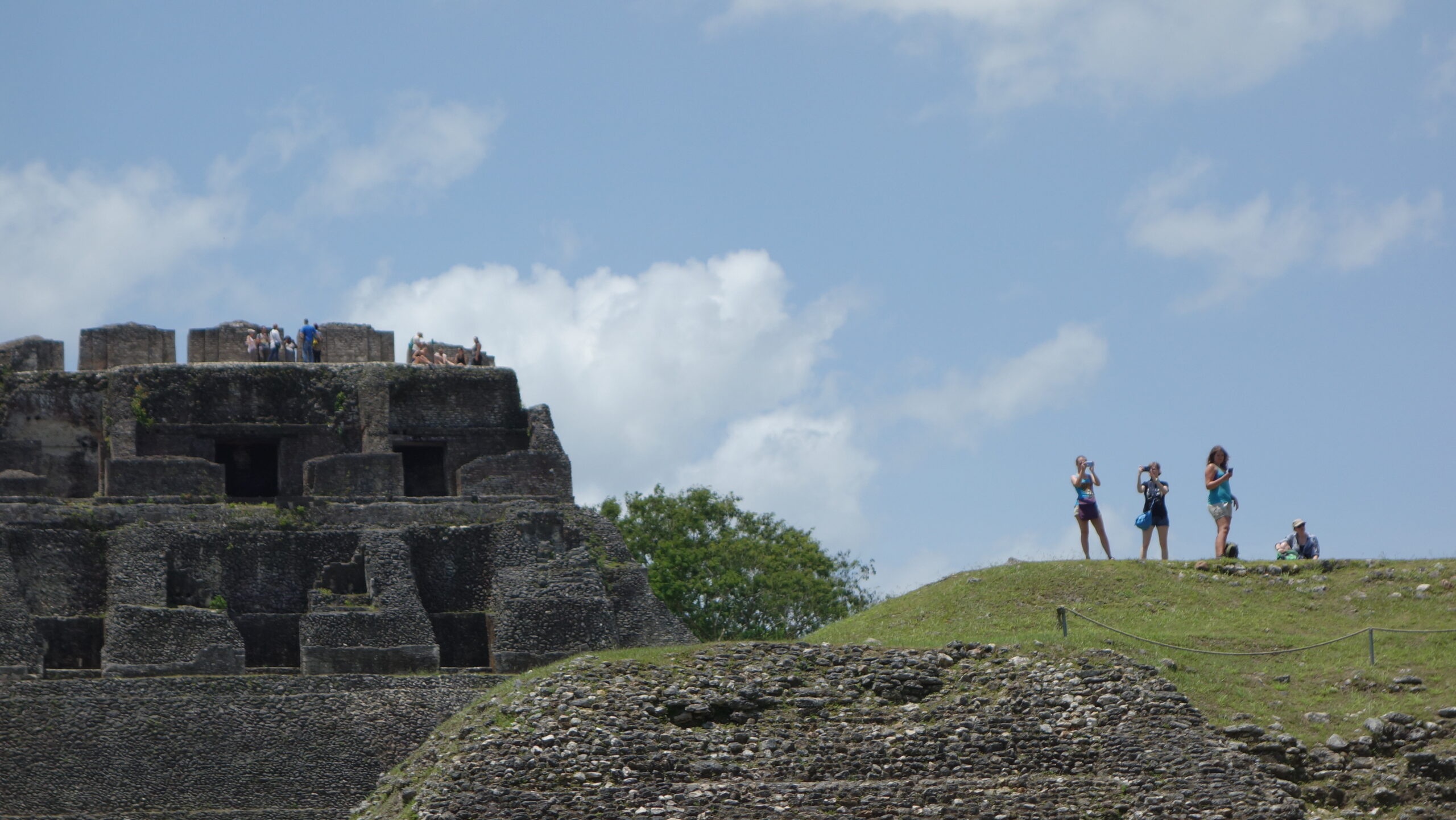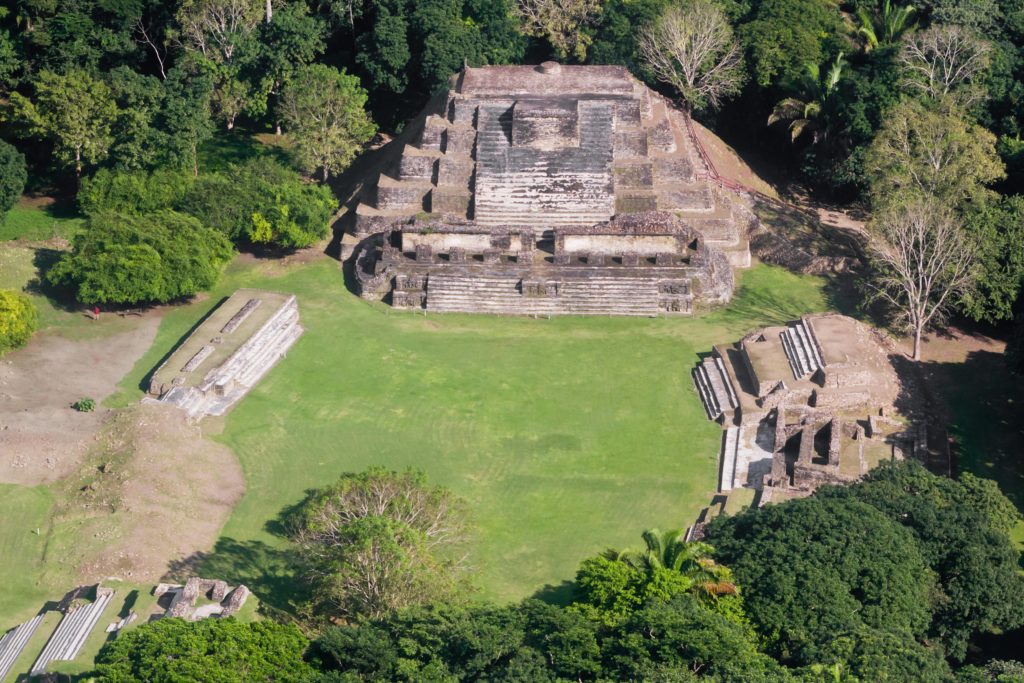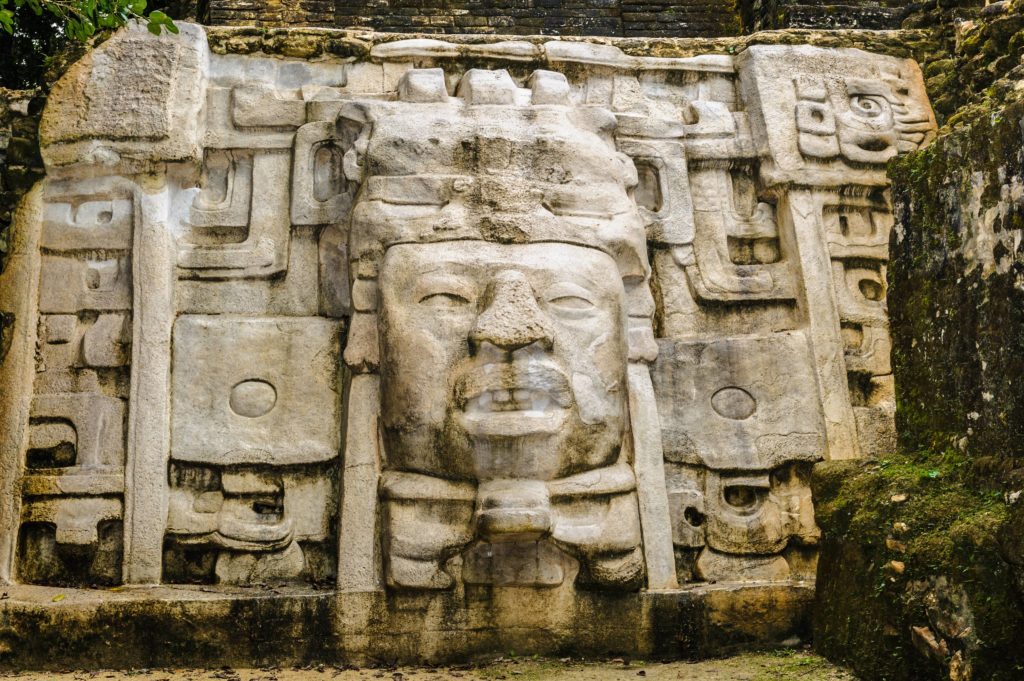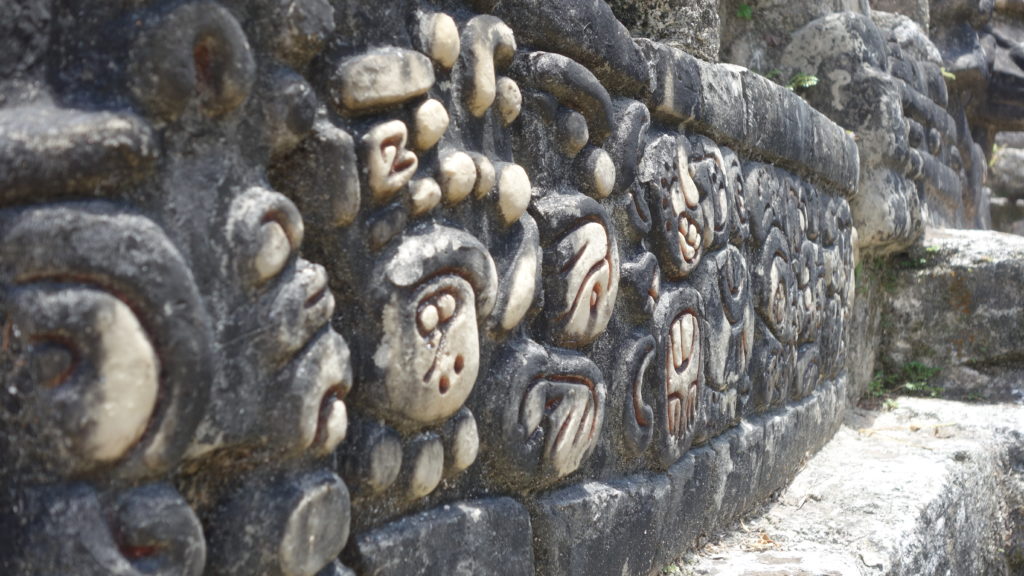
Ancient Maya Architecture and Design: Unraveling the Mysteries of a Remarkable Civilization
The ancient Maya civilization, which thrived in Mesoamerica from 2000 BC to 1500 AD, left behind a rich legacy of remarkable architecture and design. From towering pyramids to intricate carvings, the Maya’s architectural achievements continue to captivate and intrigue us to this day. Let’s delve into the fascinating world of ancient Maya architecture and design and unravel the mysteries of this remarkable civilization.One of the most iconic features of Maya architecture is the pyramid. These massive structures, also known as temples, were built as centers of religious and ceremonial importance. Maya pyramids were constructed using limestone blocks, which were carefully cut and fitted together without the use of mortar. The pyramids were often adorned with intricate carvings, depicting mythological scenes, rulers, and deities.

The design of Maya pyramids was not purely aesthetic; it was deeply rooted in their cosmological beliefs. The Maya believed in a multi-layered universe, with each layer representing a different realm. The pyramids were designed to symbolize these realms and served as a bridge between the earthly and spiritual realms. Climbing to the top of a pyramid allowed the Maya to connect with the gods and seek their favor.
Another significant architectural feature of the Maya civilization is the ball court. These large, open-air arenas were used for the Maya’s famous ballgame, a sacred and ritualistic activity. Maya ball courts were characterized by their distinctive shape, with two parallel walls and stone rings mounted high on the walls. The objective of the game was to pass a rubber ball through the rings using only the hips or elbows. The ballgame held great spiritual and symbolic significance, representing the struggle between light and darkness, life and death.
Maya architecture also extended to residential and civic structures. Palaces, administrative buildings, and marketplaces were constructed with intricate designs and often adorned with elaborate carvings. Maya cities were carefully planned, with buildings arranged in a hierarchical manner to reflect the social structure of the civilization. The use of courtyards, plazas, and ceremonial centers created a sense of order and harmony within the cityscape.

In addition to their architectural achievements, the Maya were also skilled artists and craftsmen. They excelled at pottery making, weaving, and stone carving. Maya art was characterized by its intricate detail, elaborate symbolism, and vibrant colors. Sculptures, stelae (stone slabs), and reliefs depicted mythological scenes, historical events, and the lives of rulers and nobles. These artistic creations provide valuable insights into the Maya’s religious beliefs, social structure, and daily life.

The Maya’s architectural and design prowess was a testament to their advanced knowledge of mathematics, engineering, and astronomy. Their structures were aligned with celestial events, such as solstices and equinoxes, and their intricate calendars played a central role in their architectural planning. The Maya’s understanding of astronomy and the movement of celestial bodies allowed them to create buildings that were not only awe-inspiring but also symbolically connected to the heavens.
Ancient Maya architecture and design are a testament to the ingenuity, creativity, and spiritual beliefs of this remarkable civilization. From their towering pyramids to their intricate carvings, the Maya left behind a legacy that continues to inspire and captivate us today. Exploring their architectural achievements and unraveling the symbolism behind their designs allows us to gain a deeper appreciation for the complexity and sophistication of the ancient Maya civilization.
